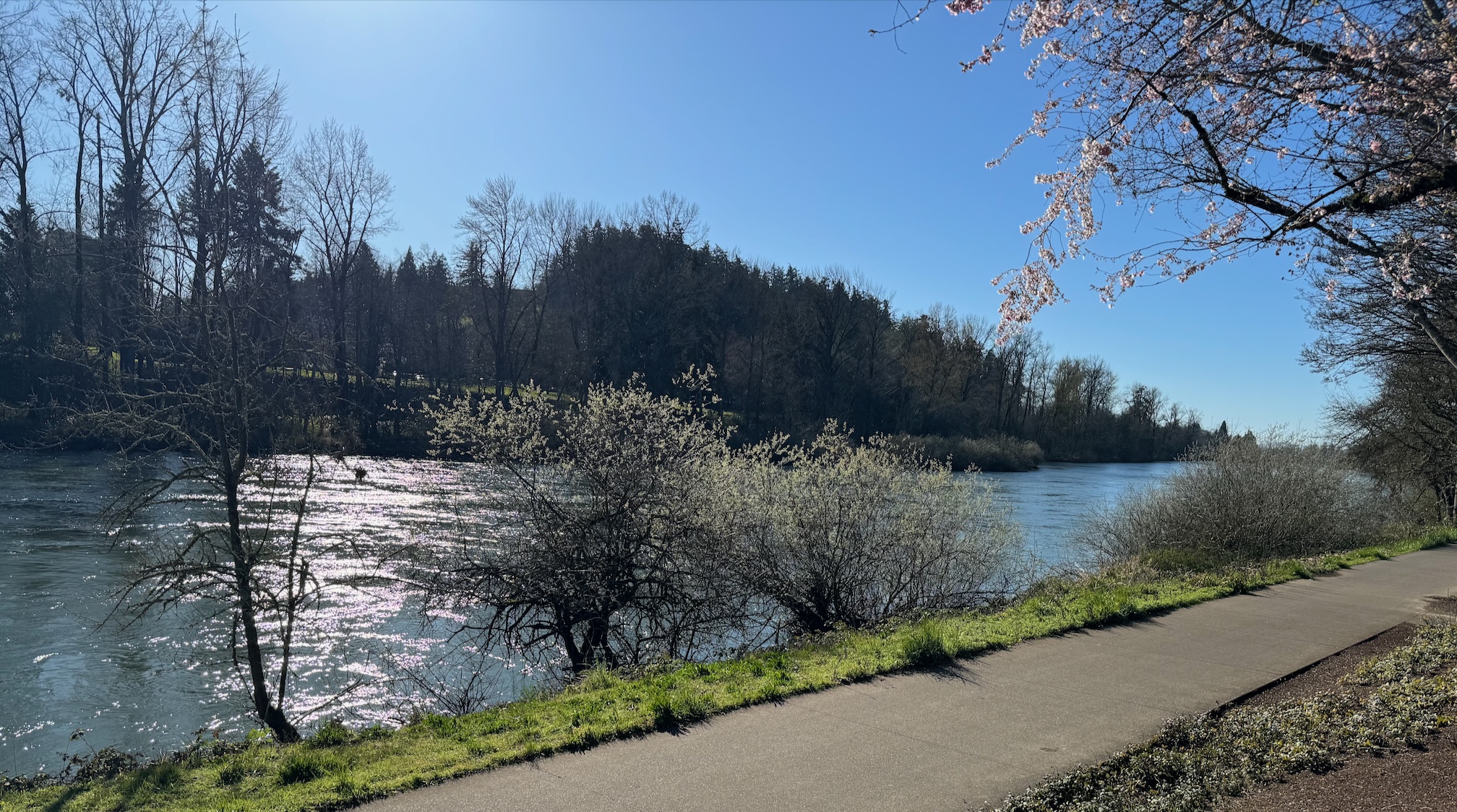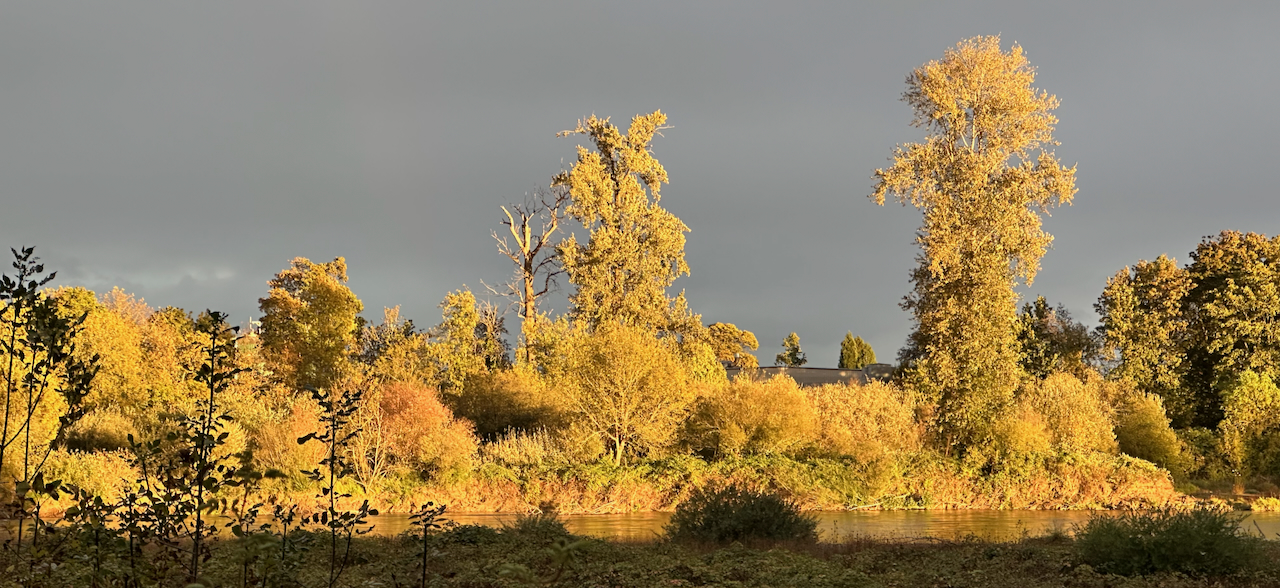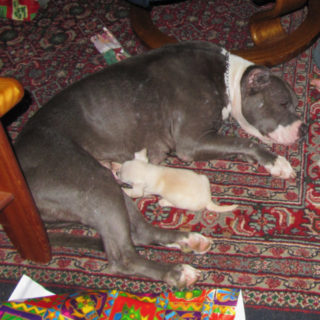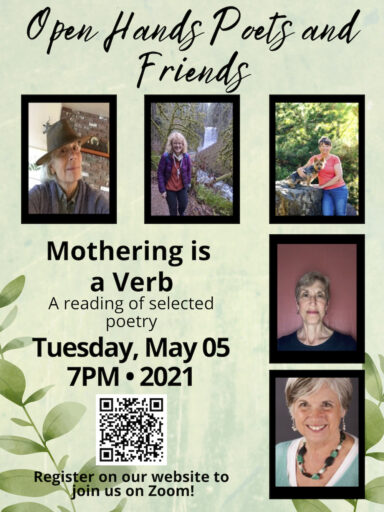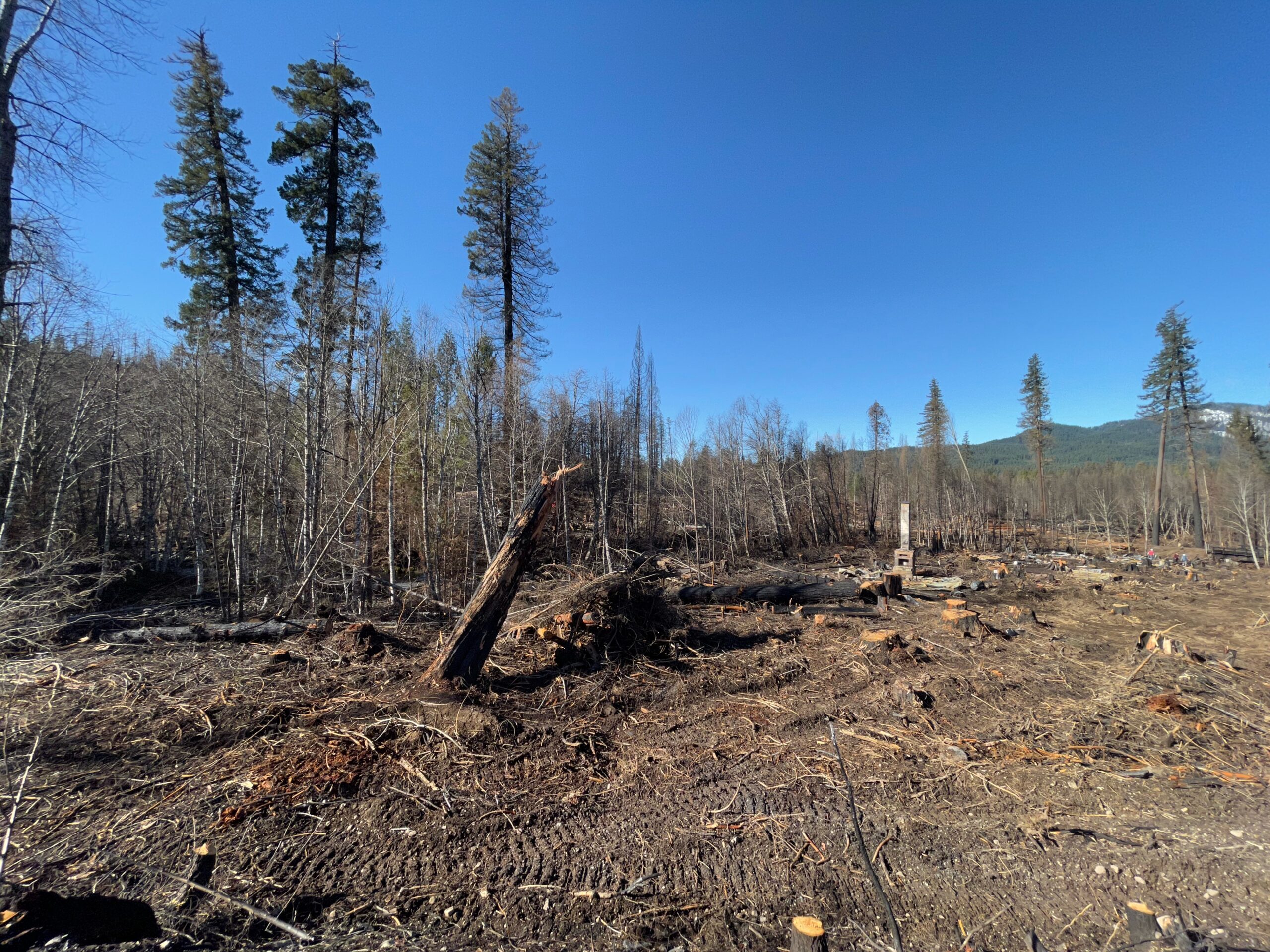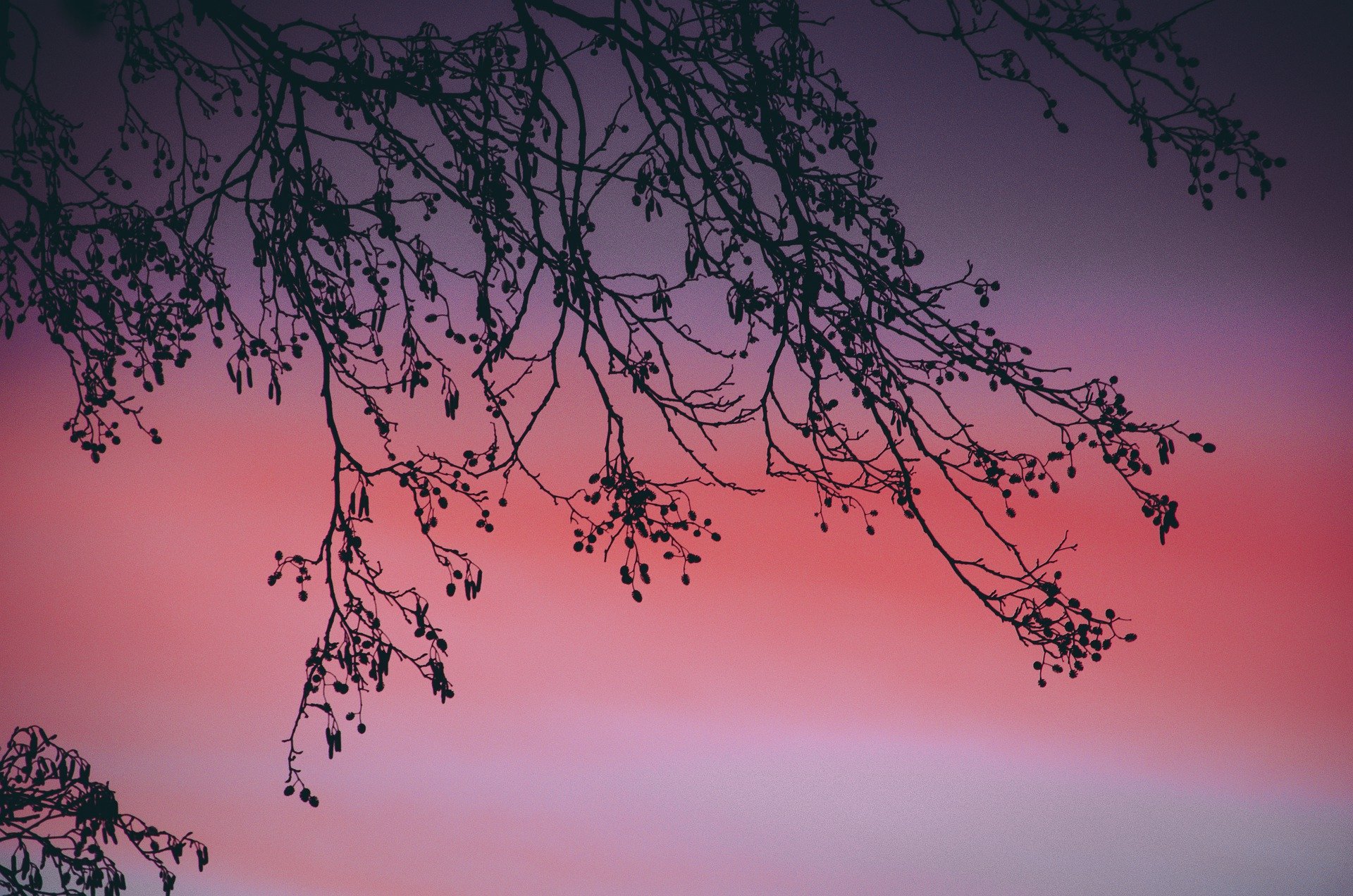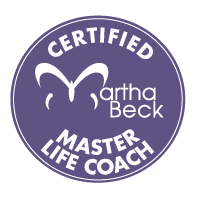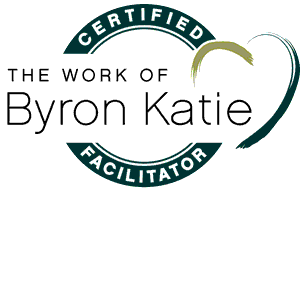
|
Late February, 2025 Hello, Friend! I recently spent the afternoon with more than a thousand tundra swans. They migrate from Alaska to a wildlife sanctuary here in Oregon every year to warm up. This has been true for millennia. Time has not significantly changed this rite. It has always been simply the natural order of things. There’s something deeply soothing about watching nature’s immutable patterns, given all the random changes and confusions in our human world. And then there are the gorgeous swans themselves, in all their storied grace. The eternal kind of beauty offered by the natural world is a balm. Changes in the world of humans can break your heart. But Nature’s beauty still has the power to knock you out. And wake you up. My desire to protect the natural order is strengthened when I focus on this. I feel a deep responsibility to stand for those that can’t protect themselves, like the swans. When I remember thi I’m not willing to give myself over to the turmoil of the day. Instead I’m deeply motivated to put down some speed bumps to slow down a bit of the craziness. On my way home from the refuge, I decide to do something to break through the shocked reaction that has kept me frozen this past month. As a life coach, I know to focus on achievable goals and take a steady approach. So I make an action plan to do something every day. I decide twenty minutes is enough time to write a post card or make three phone calls. Who do I call? To begin with, my representatives in the Capitol. Who to write? I sign up again with Vote Forward to send letters to reluctant voters. And what about donations? I turn to my list of environmental and humanitarian organizations. I’m still working on answers, and they seem to come one at a time. The last question, Where and when will I spend my money? is answered simply on Friday Feb. 28th. I can support an Economic Blackout for the day by buying nothing online or in person. If enough of us participate it can send a message to corporations and government that the needs of everyday working people are important. More about that here. What about you? What answers are arising for you? Sometimes the smallest actions have big consequences, especially when taken together. As for me, every time I send a letter or make a call I’ll be thinking of those swans. And there’s comfort in knowing I’m doing my own small part to protect nature’s timeless and immutable way of reminding us what really matters. Keeping the faith, |
|
Becoming
Sudden
an explosion of swans,
cracks the sky, each day
a thousand strong and louder
a white regatta of pillows
drifting down, honking
and whistling their location.
A lamentation of swans
crying from grief and exhaustion
landing for the day
an arabesque of swans in glissando,
sweeping the surface and settling
to feed at dusk.
Heads down. Tails up
And then shifting again
Into a sail of swans
Slipping smoothly into shadows
and silhouettes, seeking other
swan kin before tucking heads.
Changing for the long dark night
into at tranquility of swans.
—SgB 2025

